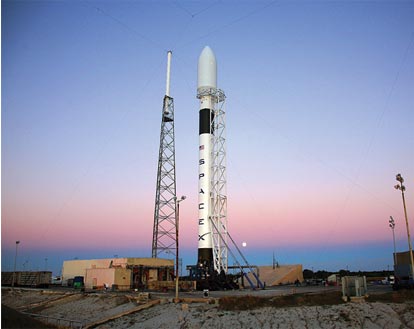A team of scientists from the Harbin Institute of Technology proposed a new spaceship antenna to prevent space communication blackouts. The group’s research has been published in the Journal of Applied Physics.
The new antenna can prevent communication blackouts in space when spacecraft are coming back into Earth’s atmosphere.
“The proposed technique can maintain communication with the spacecraft and other vehicles by matching resonance of the antenna with that of the surrounding hypersonic sheath,” according to Delhi Daily News.
“Communication blackouts occur because as the spacecraft moves along at five or more times the speed of sound, an envelope of hot ionized air, called a plasma sheath, surrounds it. This plasma sheath will reflect electromagnetic signals under most conditions, cutting off connection with anything outside of the vehicle,” The Delhi Daily News added.
Since plasma sheaths can improve radiation from communication antennas under certain conditions, Xiaotian Gao, physicist at Harbin Institute of Technology, along with his team, set out to replicate these conditions and redesign the antenna.
“The researchers suggest adding a “matched layer” to ordinary communication antennas in order to make the desired resonant conditions during normal hypersonic flight,” according to Delhi Daily News.
“The matched layer works because it acts like a capacitor – a type of electrical energy storage unit – in the antenna circuit. On the other hand, the plasma sheath acts like an inductor, which resists changes in an electric current passing through it. When an inductor and capacitor are paired together, they can form a resonant circuit,” Gao explained.
“For the resonance to work, the thickness of plasma sheath and matched layer should be smaller than the wavelength of the electromagnetic waves used to communicate, therefore the approach would be unproductive if the antenna frequency were too high,” Gao added.
Scientists remain optimistic that their discovery will improve future applications such as ballistic missiles, military planes and hypersonic vehicles.
